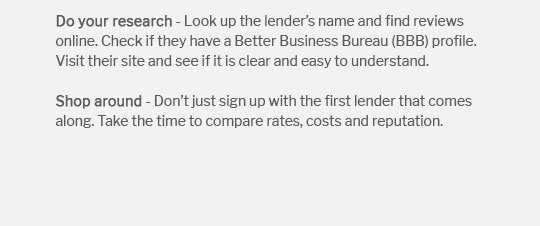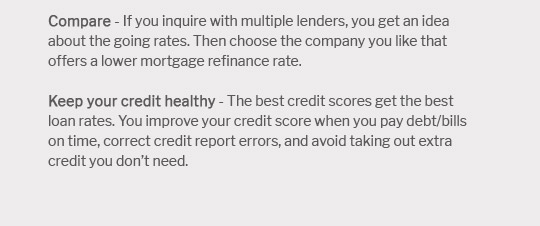 |
|||
 |
 |
 |
||
|---|---|---|
 |
||
 |
||
 |
||
 |
||
 |
||
 |
||
 |
 |
 |
 |
Understanding Home Refinance Without Closing Costs: A Comprehensive GuideRefinancing your home can be a smart financial move, especially if you want to take advantage of home loan refinance rates today. However, the concept of refinancing without closing costs might seem confusing. This guide aims to demystify the process, highlighting the pros and cons, and offering expert advice on what to expect. What Does 'No Closing Costs' Mean?The term 'no closing costs' can be misleading. It does not mean you are exempt from these fees. Instead, the lender covers them, usually by charging a slightly higher interest rate. Types of Closing Costs
By understanding these costs, you can better negotiate with lenders and ensure that a no-closing-cost refinance truly benefits you. Benefits of Refinancing Without Closing CostsOne major advantage is the reduction in upfront expenses. This can be particularly beneficial if you plan to move or refinance again within a few years. Flexibility and Financial PlanningNo-closing-cost refinancing provides flexibility. You can redirect the funds you save towards other financial goals. Potential DownsidesIt's crucial to consider the long-term impact. Higher monthly payments due to increased interest rates might offset the initial savings. Comparing Loan OffersWhen comparing offers, pay attention to the interest rate adjustments. Websites like refinance interest rates today california can provide valuable insights. FAQ SectionWhat are the typical closing costs in a home refinance?Typical closing costs range from 2% to 5% of the loan amount. They include appraisal fees, title insurance, and other administrative charges. Is a no-closing-cost refinance always a good idea?Not necessarily. While it reduces upfront costs, you may end up paying more over time due to higher interest rates. How can I decide if this option is right for me?Consider your long-term plans, current interest rates, and whether you can handle the potentially higher monthly payments. https://www.penfed.org/mortgage/article/no-closing-cost-refinance-vs-refinance-with-costs
A no closing cost refi doesn't eliminate closing costs. It simply takes them from an upfront payment and rolls them into the loan. https://money.usnews.com/loans/mortgages/articles/the-true-cost-of-a-no-cost-mortgage-refinance
Key Takeaways - A "no-closing-cost refinance" has closing costs. You just pay them over time instead of up front. - A refinance with no closing ... https://www.freedommortgage.com/learning-center/articles/cost-to-refinance
It is possible to refinance a mortgage without paying closing costs. However, it is important to understand this does not mean the lender is paying the closing ...
|
|---|